Appropriation and Response
Appropriation and Response
Despite the manifold figurative strategies to disparage indigenous people and the Eurocentrism of the colonial gaze: the "Other" looks back!
With a long history of trade relations, the slow process of a mutual cultural transfer took place in the German colonies. From 1900 at the latest, no German sailor set foot on land where no European had set foot before. By the turn of the century, metropolises had already emerged in most colonies, where the culture of the occupying powers intermingled with that of the indigenous local population, despite all political asymmetry, and mutual assimilation processes took place.
This creeping process of cultural transfer can also be traced on the figurative level as adaptation in both directions. This is reflected, for example, in the symbolic meaning of clothing. The indigenous people began to adapt their style of dress to that of the West and touse it specifically as a sign of a successful adaptation of Western values for their own interests. On the other hand, European travellers often could not resist the temptation to slip into the traditional clothing of the foreign cultures. The masked ball, at which tourists in "Oriental" costumes amused themselves, became a fixed part of the cruise tourism programme. The photography studios of the large port cities geared themselves to this trend with a corresponding range of offers.
When higher-ranking colonial officials presented ritual cultural objects and hunting trophies in their salons, they cited the insignia of power of indigenous cultures. However, there is also the reverse case: Africans proudly wearing conquered military hats of the colonisers or indigenous women in the haute couture of Western cities.
The moment of self-empowerment can also be found in the journeys of the few indigenous servants who accompanied their "masters" on their way back to the big German cities and bore witness to this. With a series of examples, the exhibition shows how the "others" appropriated Western conventions of representation and quite directly and self-confidently reversed the perspective of the colonial gaze. These images testify-within the modest framework of appropriating visual languages-to an emancipation from the photographed object to the active co-creator of the pictorial event.
Do you know more? Please send us your notes and comments.
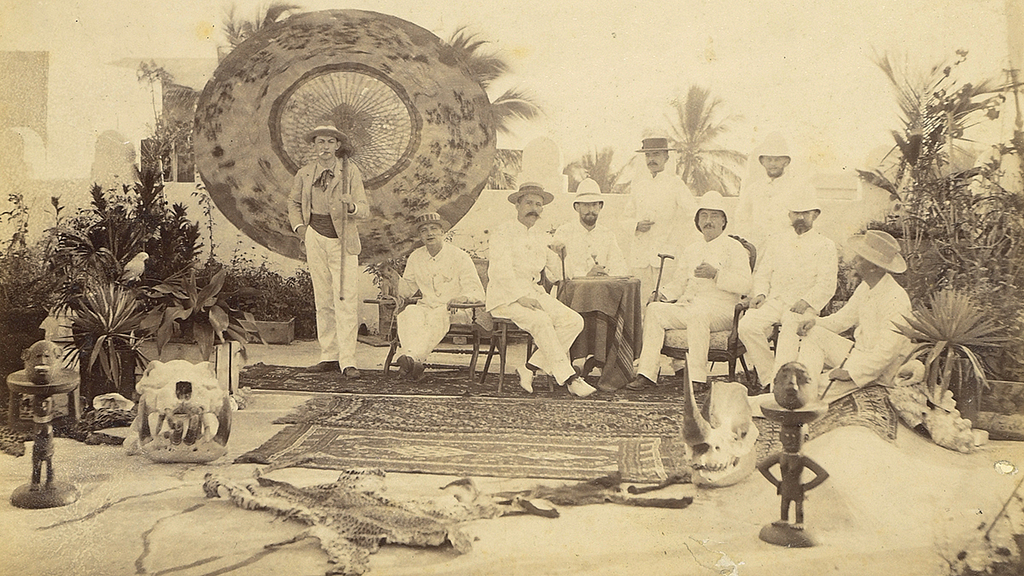
Unbekannter Fotograf: ohne Beschriftungen, in: Reise-Erinnerungen Afrika, 1895 © Archiv DSM
Name of the speaker: Michael Stephan-Hegner

Unbekannter Fotograf: Elephantenzähne, in: Reise-Erinnerungen Afrika, 1895 © Archiv DSM
Name of the speaker: Louis Wellkamp

Unbekannter Fotograf: ohne Beschriftung, in: Reisen auf Schiffen der Kaiserlichen Marine nach China u. Japan, 1908 - 1910 © Archiv DSM
Name of the speaker: Anton Rendigs

Unbekannter Fotograf: ZESARETWITSCH im Hafen von Tsingtau, in: Reisen auf Schiffen der kaiserlichen Marine nach China, Japan und in die Südsee, 1908 - 1910 © Archiv DSM
Name of the speaker: Joscha Glanert
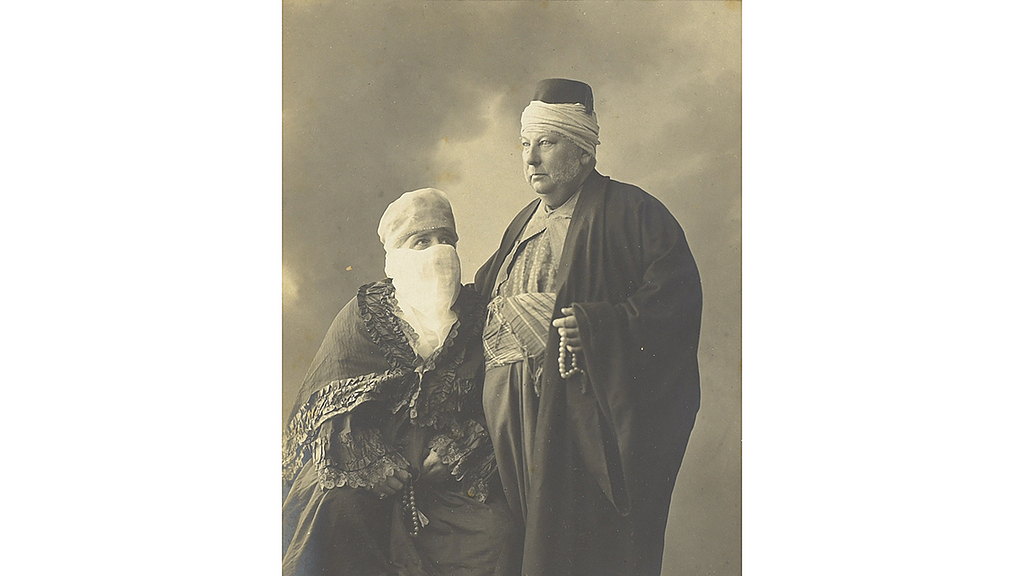
Unbekannter Fotograf: ohne Beschriftung, in: Nachlaß Kapitän Daniel - Fotokonvolut, DS STAMBUL, um 1900 © Archiv DSM
Name of the speaker: Judith Beneker
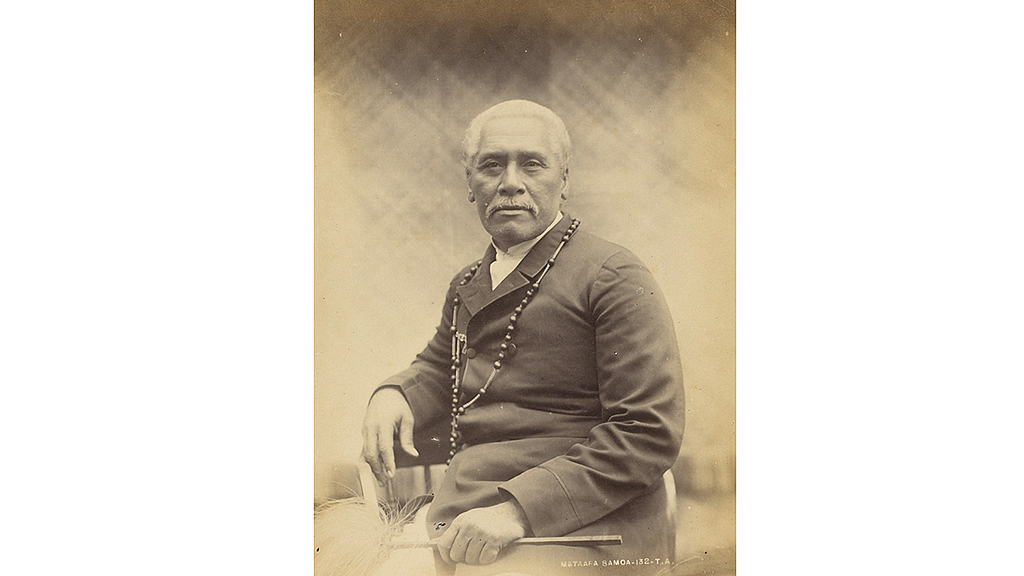
Thomas Andrew: Mataafa, in: Kleiner Kreuzer S.M.S. BUSSARD in Samoa, 1895 - 1897 © Archiv DSM
Name of the speaker: Neele Bahr
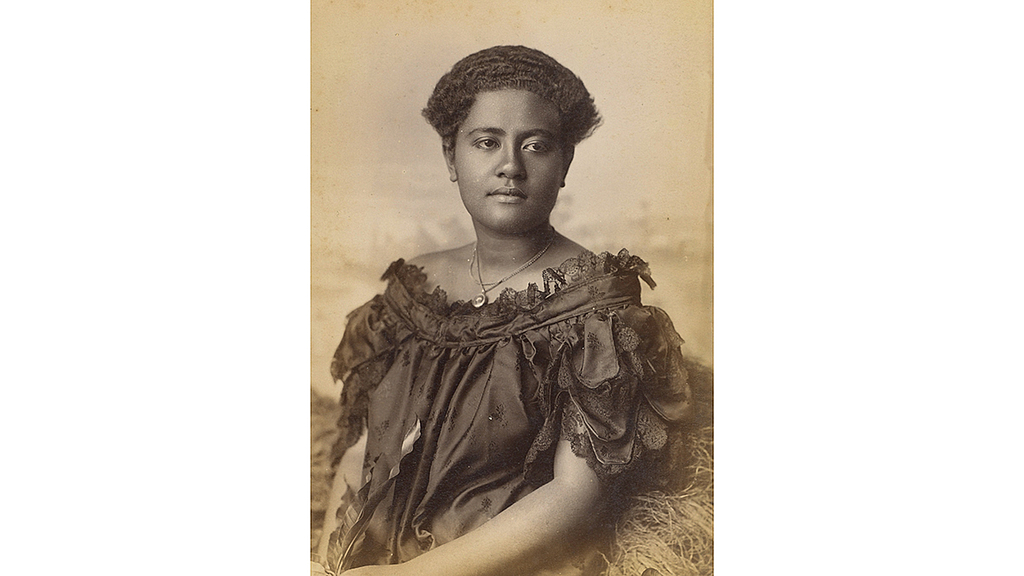
Unbekannter Fotograf: ohne Beschriftung, in: Kleiner Kreuzer S.M.S. BUSSARD in Samoa, 1895 - 1897 © Archiv DSM
Name of the speaker: Michel Spiro

Unbekannter Fotograf: ohne Beschriftung, in: Fotoalbum von Karl Straßburger aus seiner Zeit in Tsingtau, undatiert © Archiv DSM
Name of the speaker: Michel Spiro
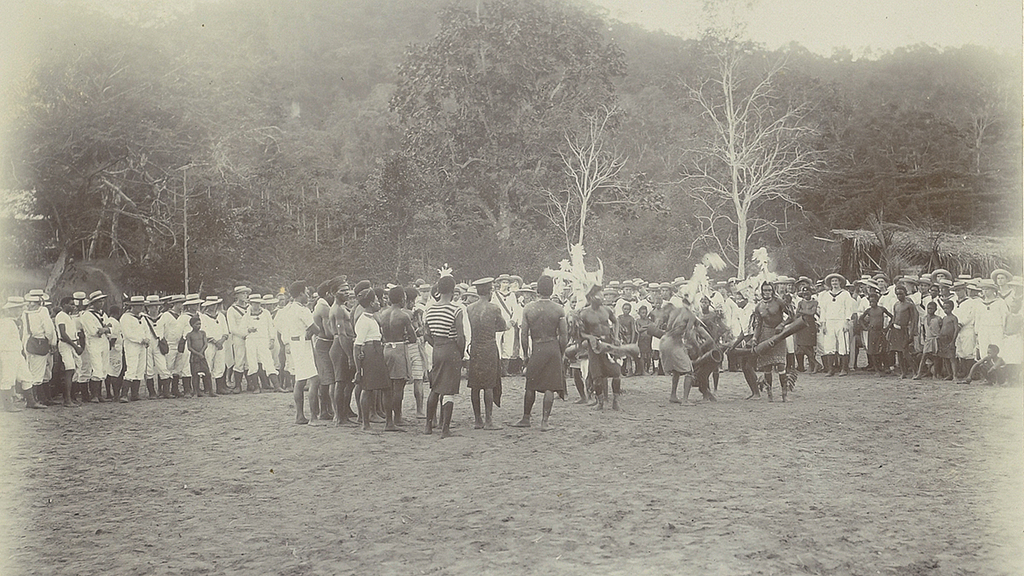
Unbekannter Fotograf: Tanzende Indigene, in: Ostasienreise S.M.S. GNEISENAU, 1909 - 1914 © Archiv DSM [Die historische Bildunterschrift gibt rassistische Sprache wieder und lautete: „Festtanz der Eingeborenen“]
Name of the speaker: Vivian Koch
